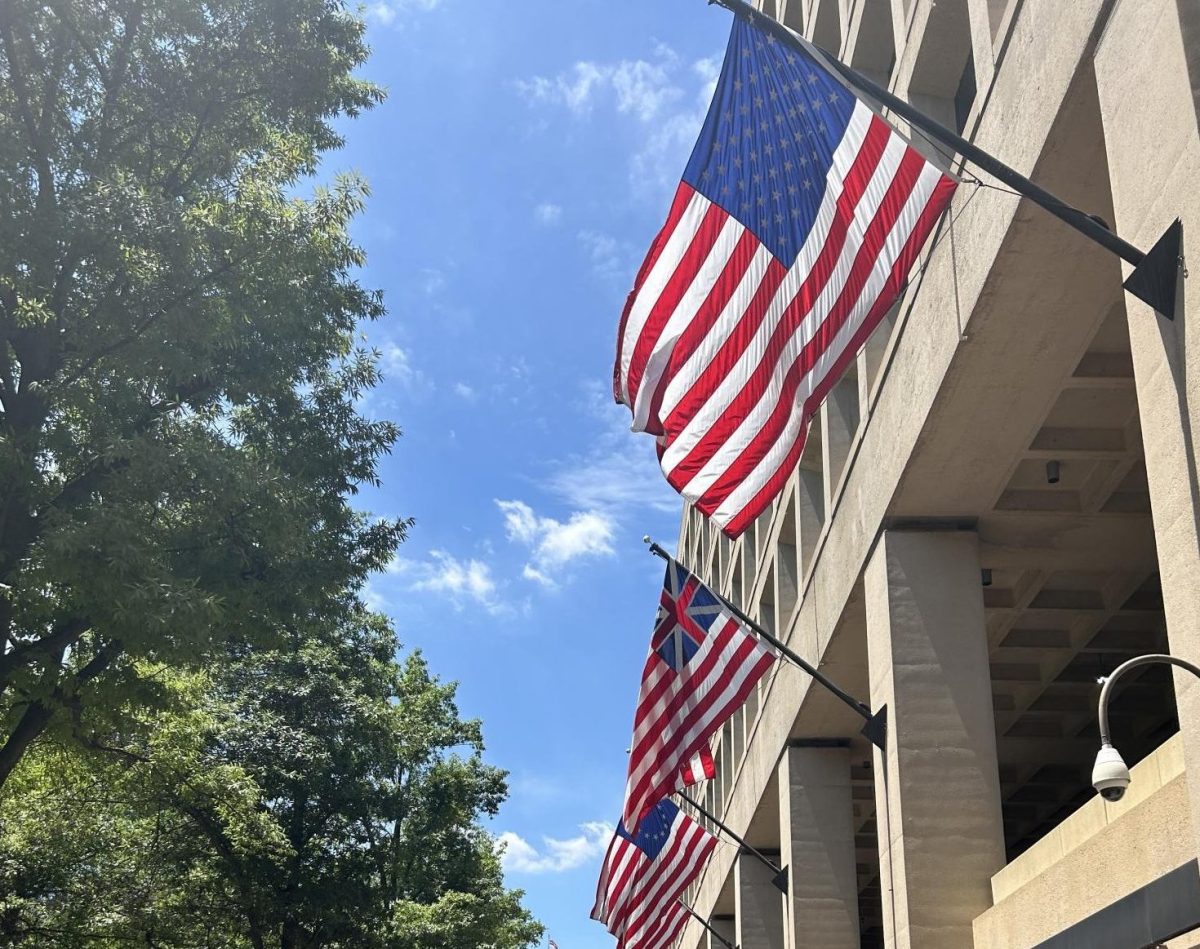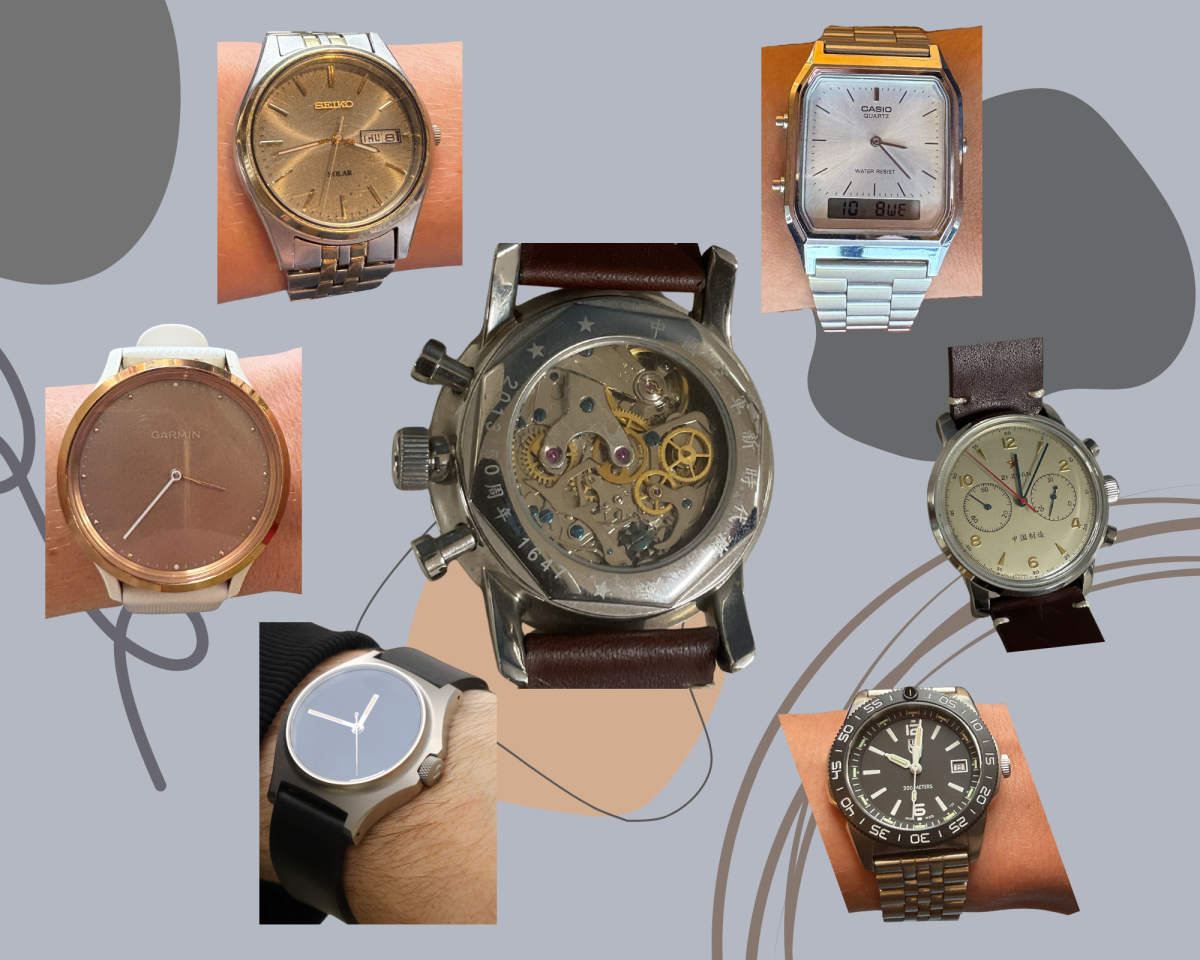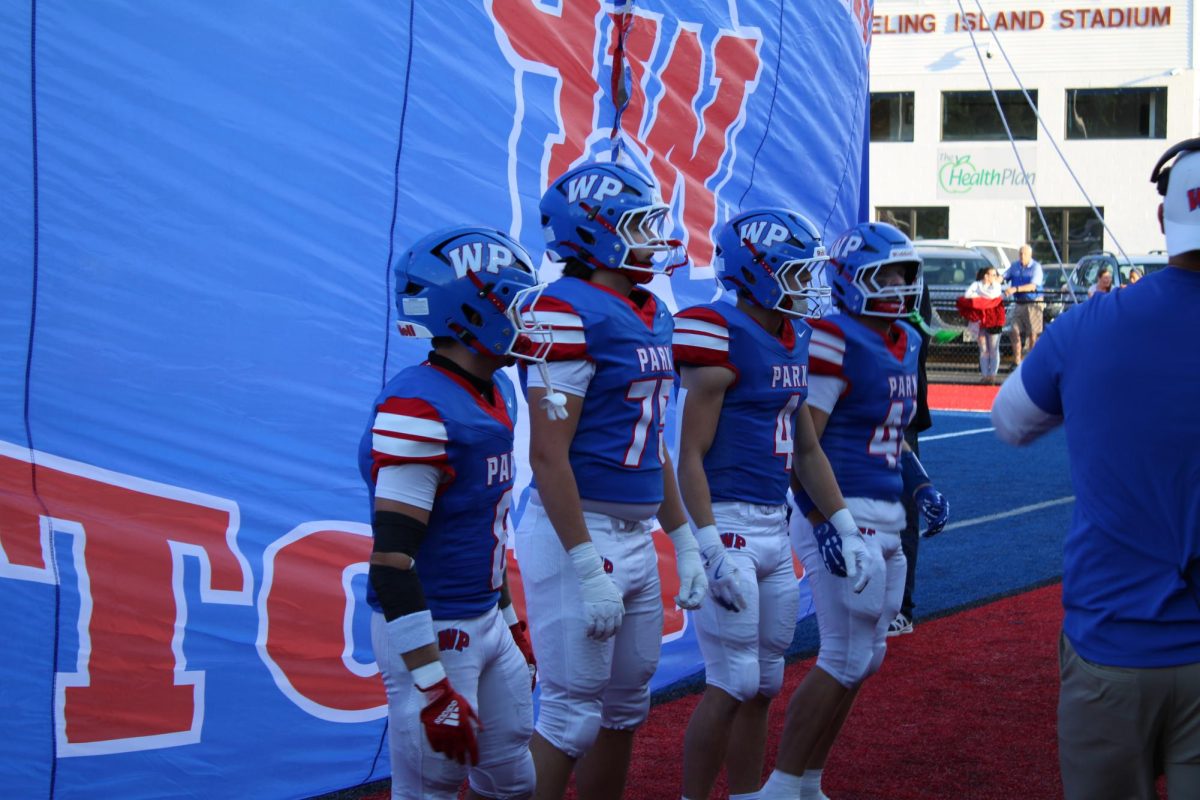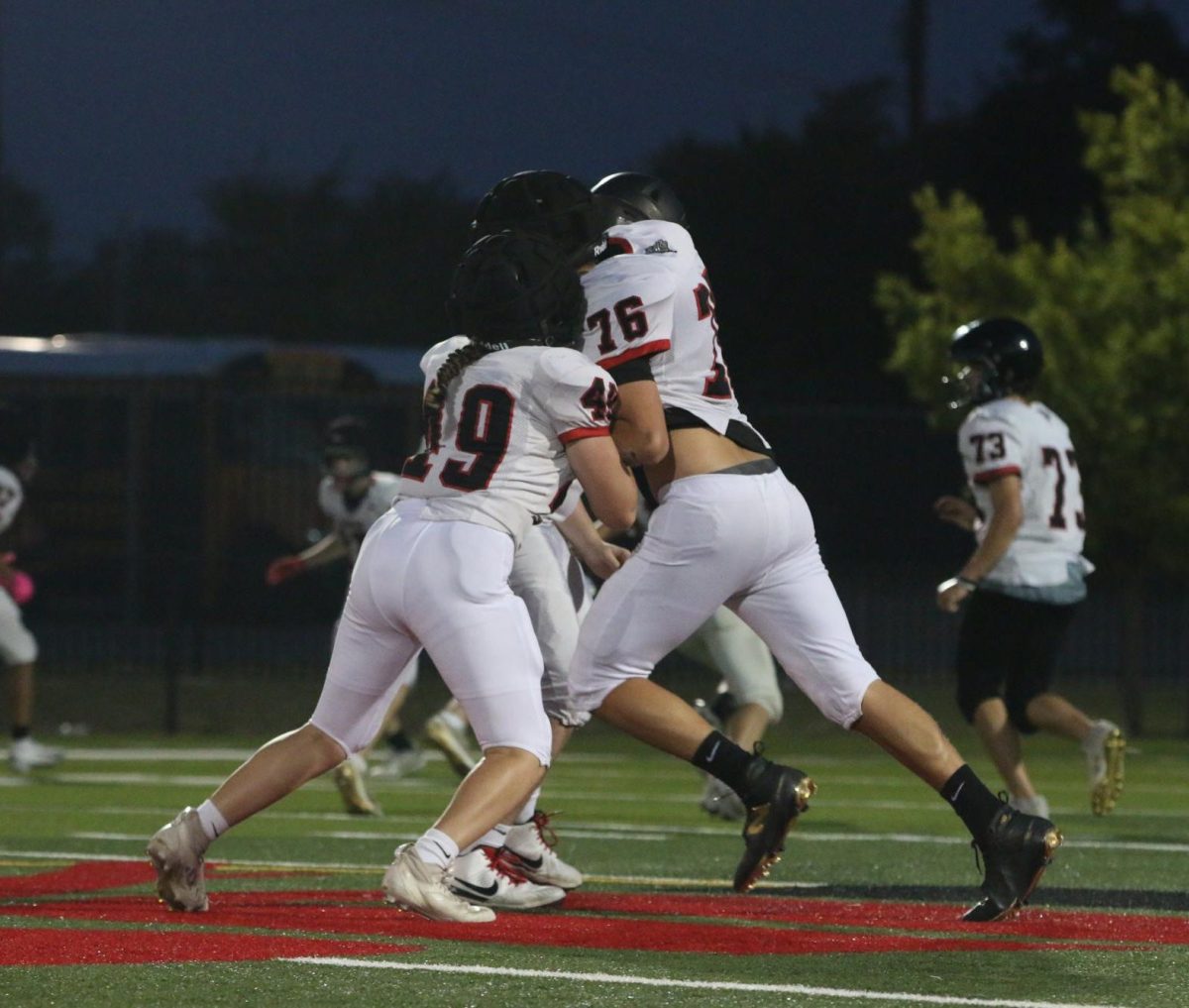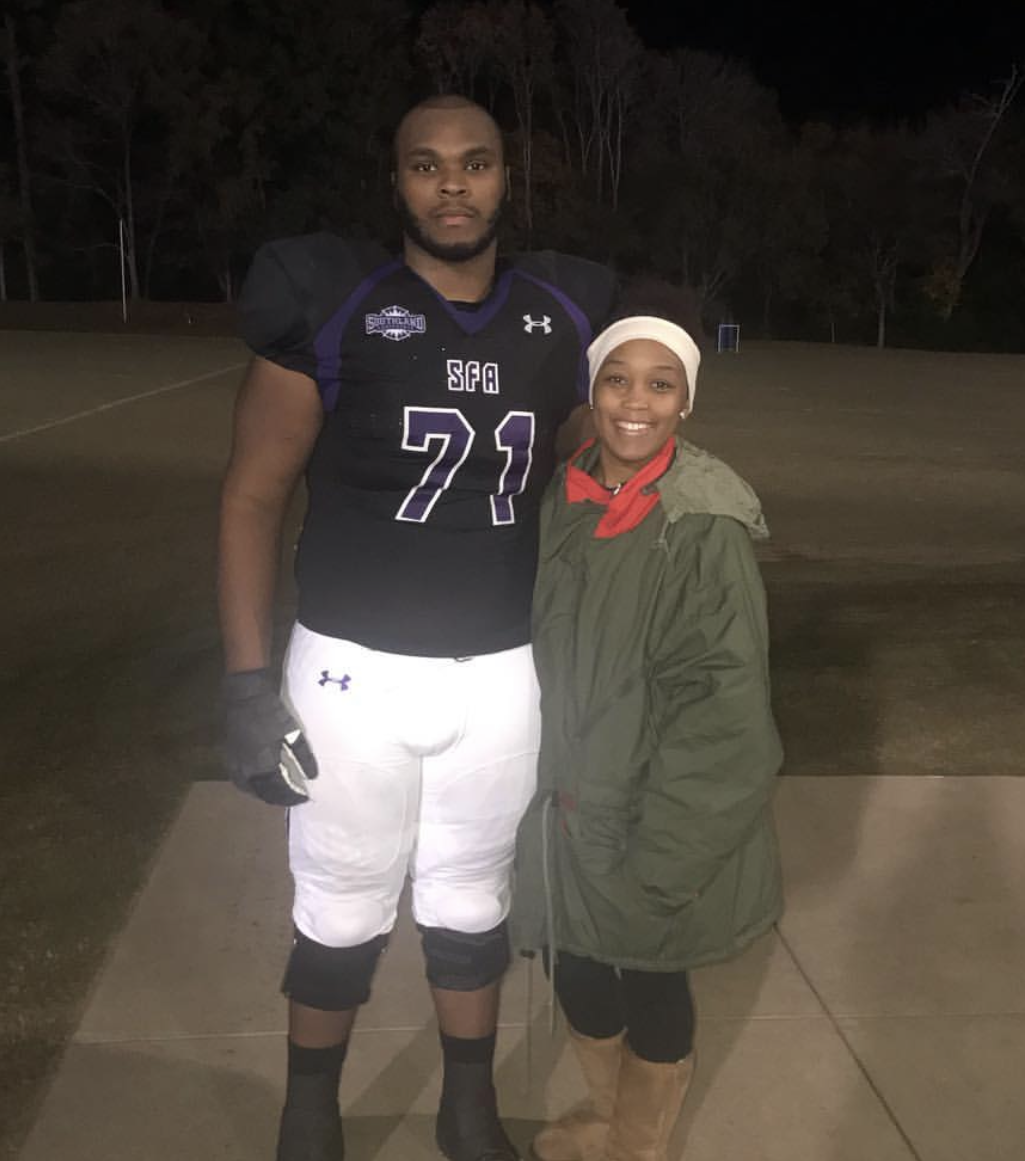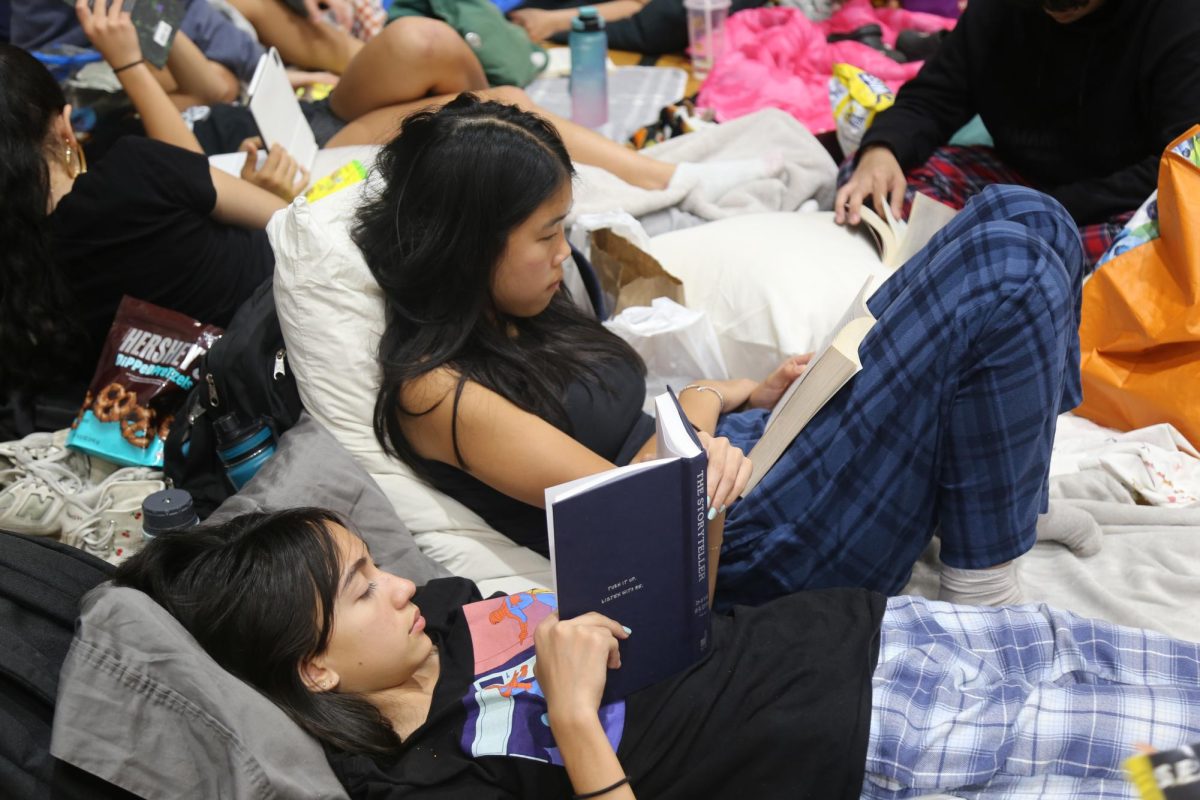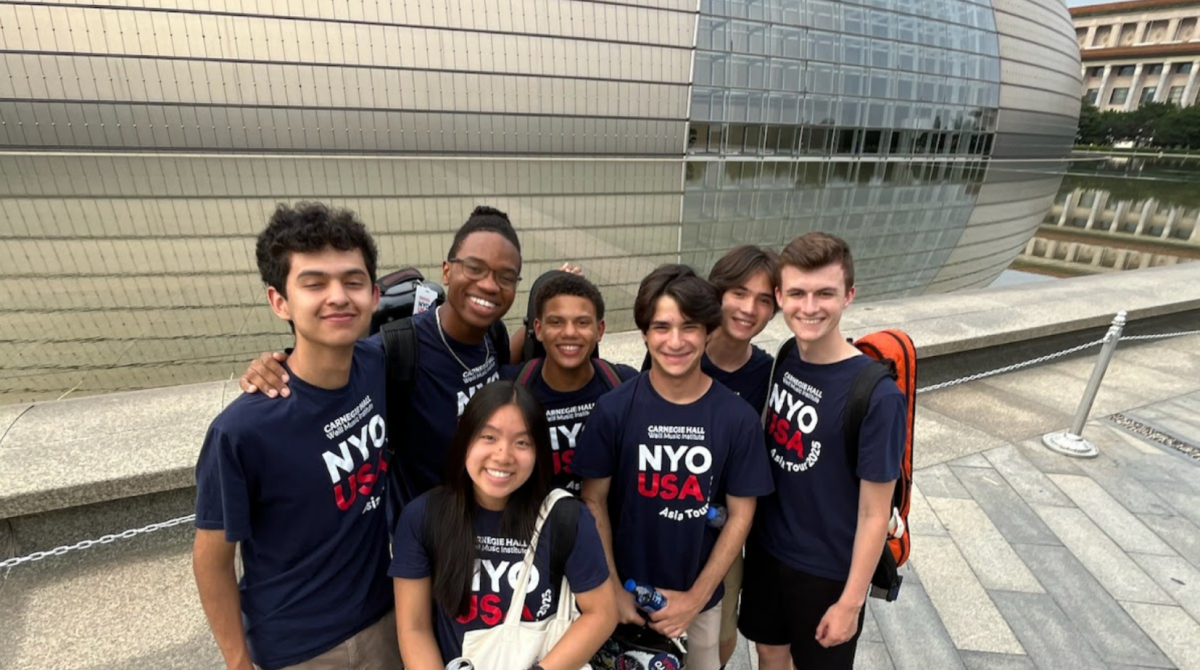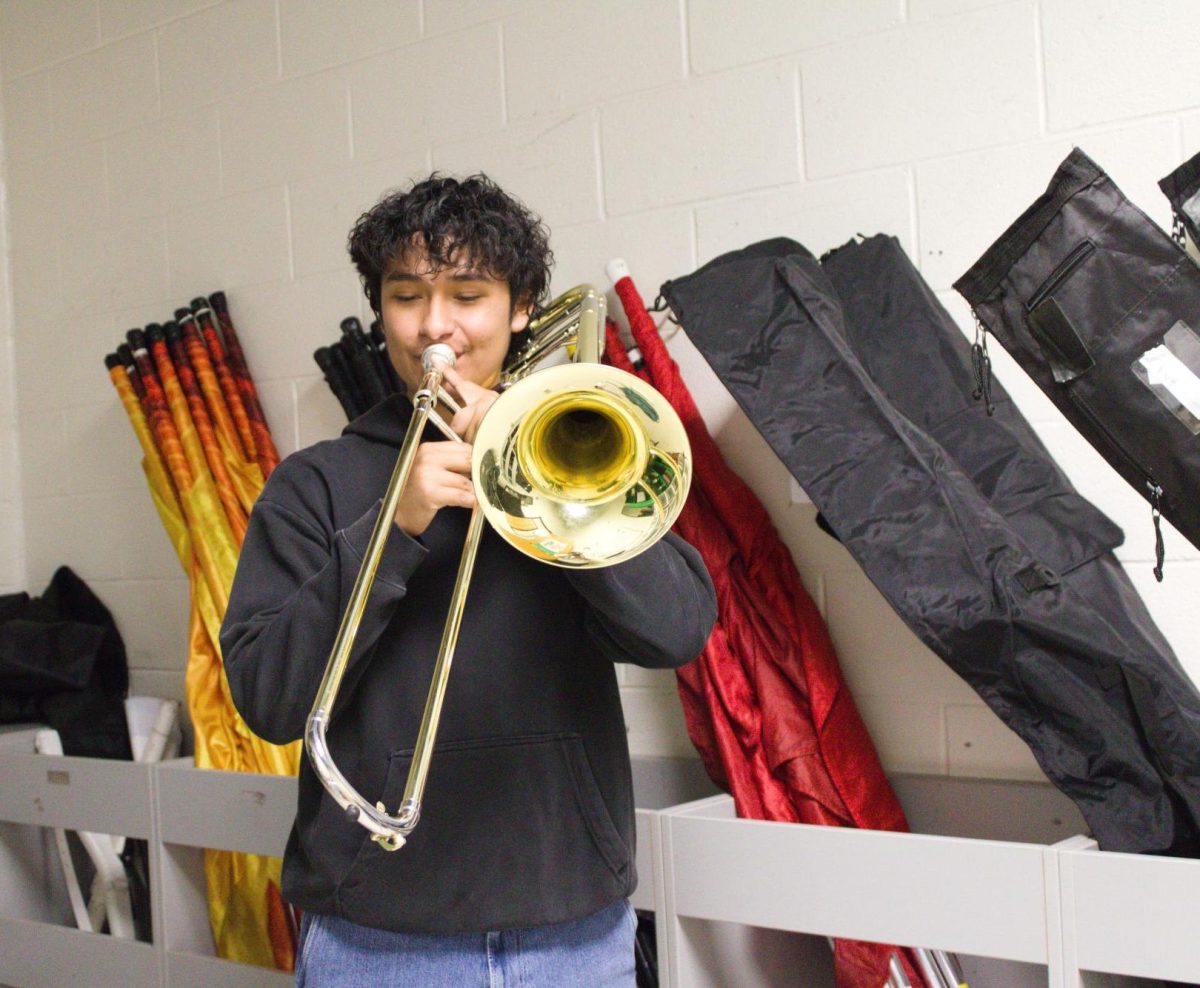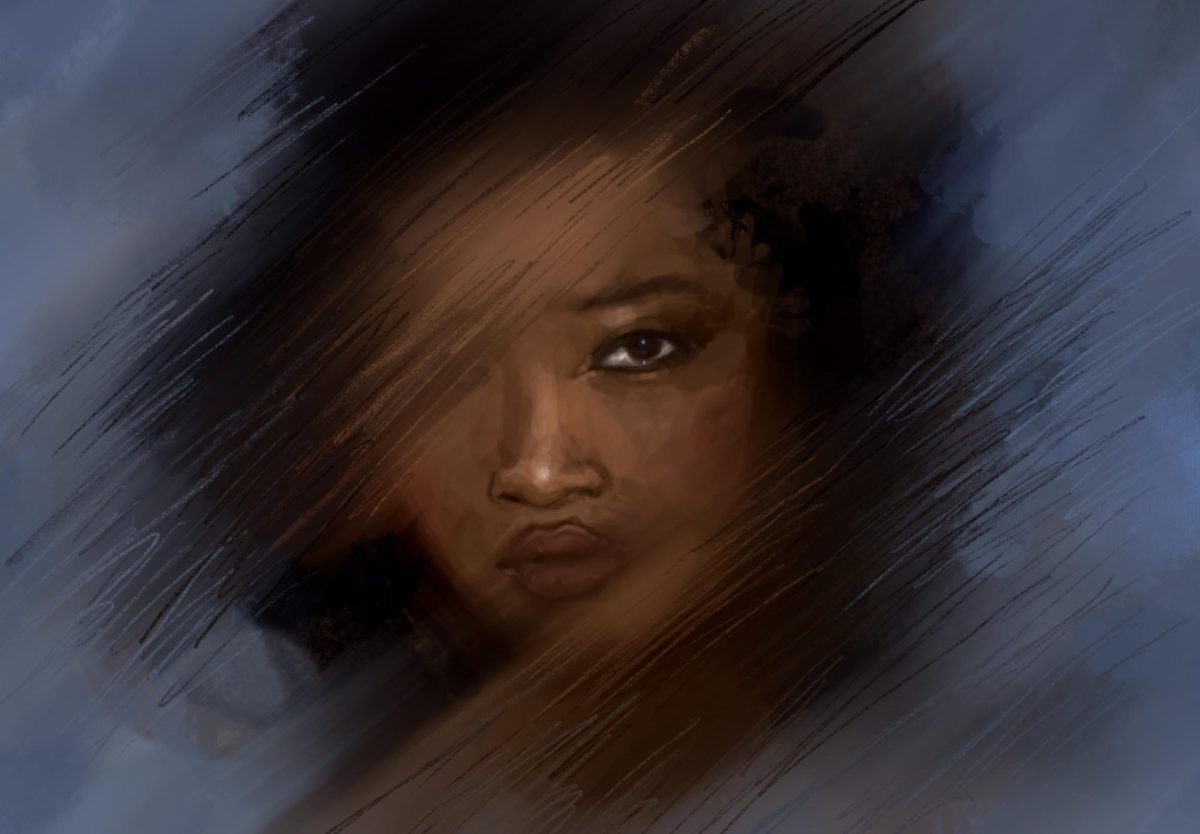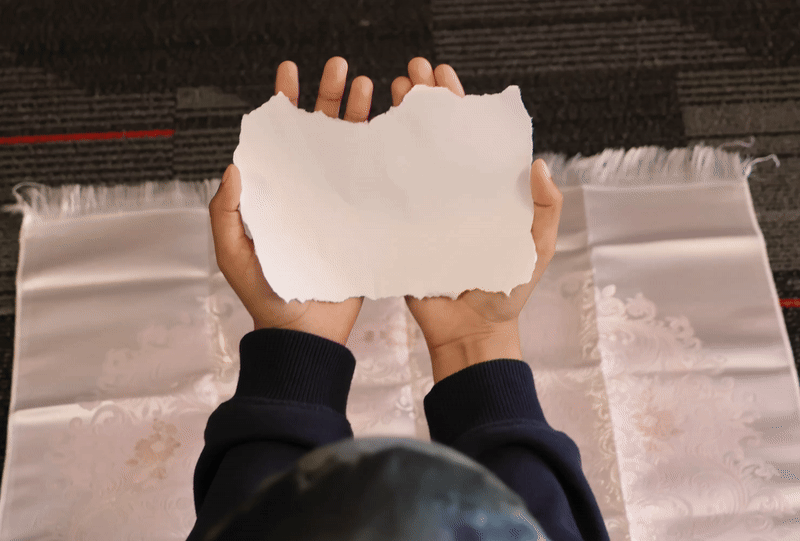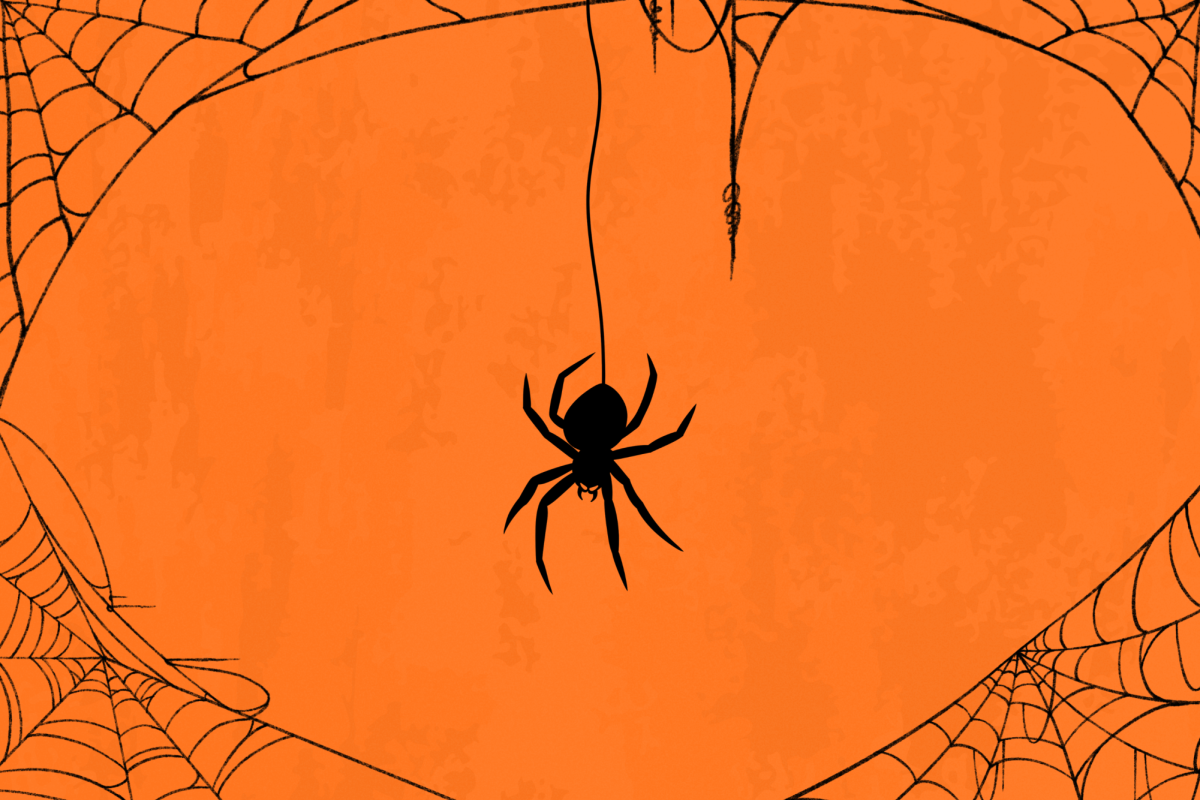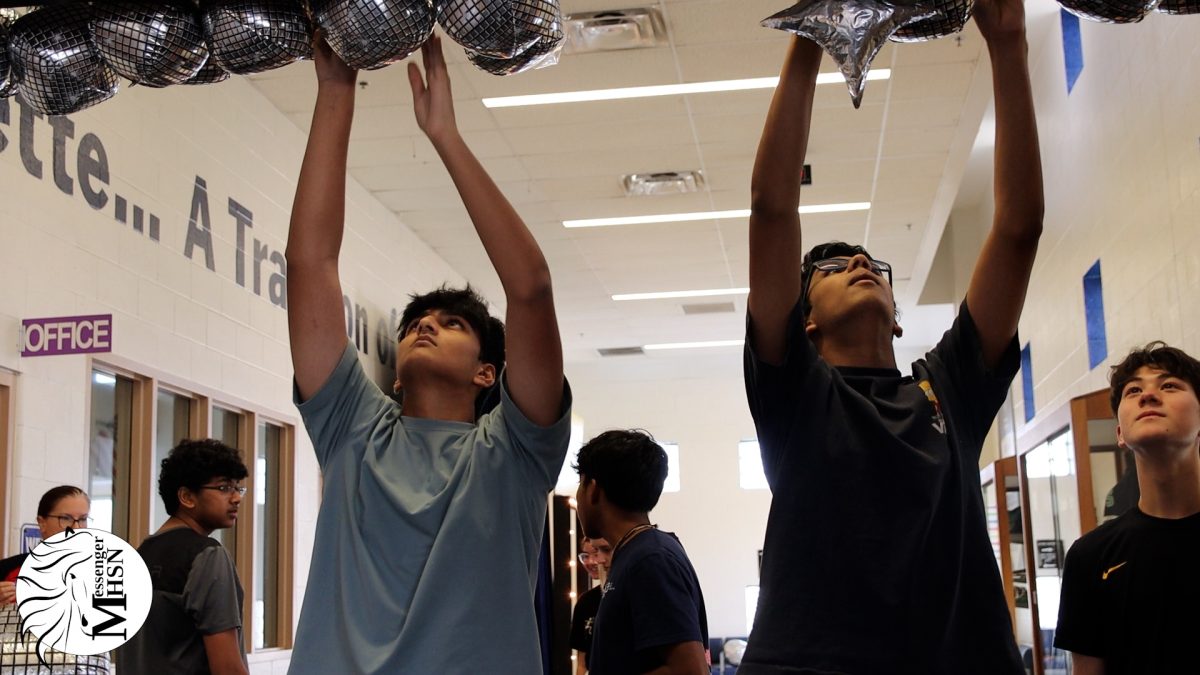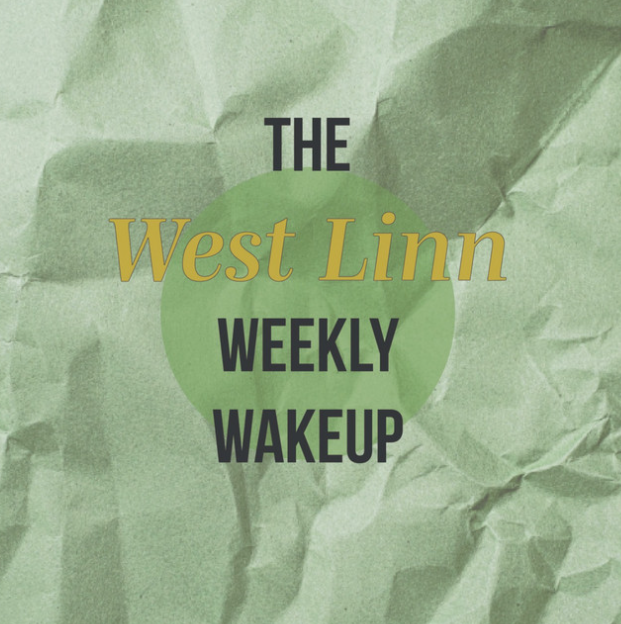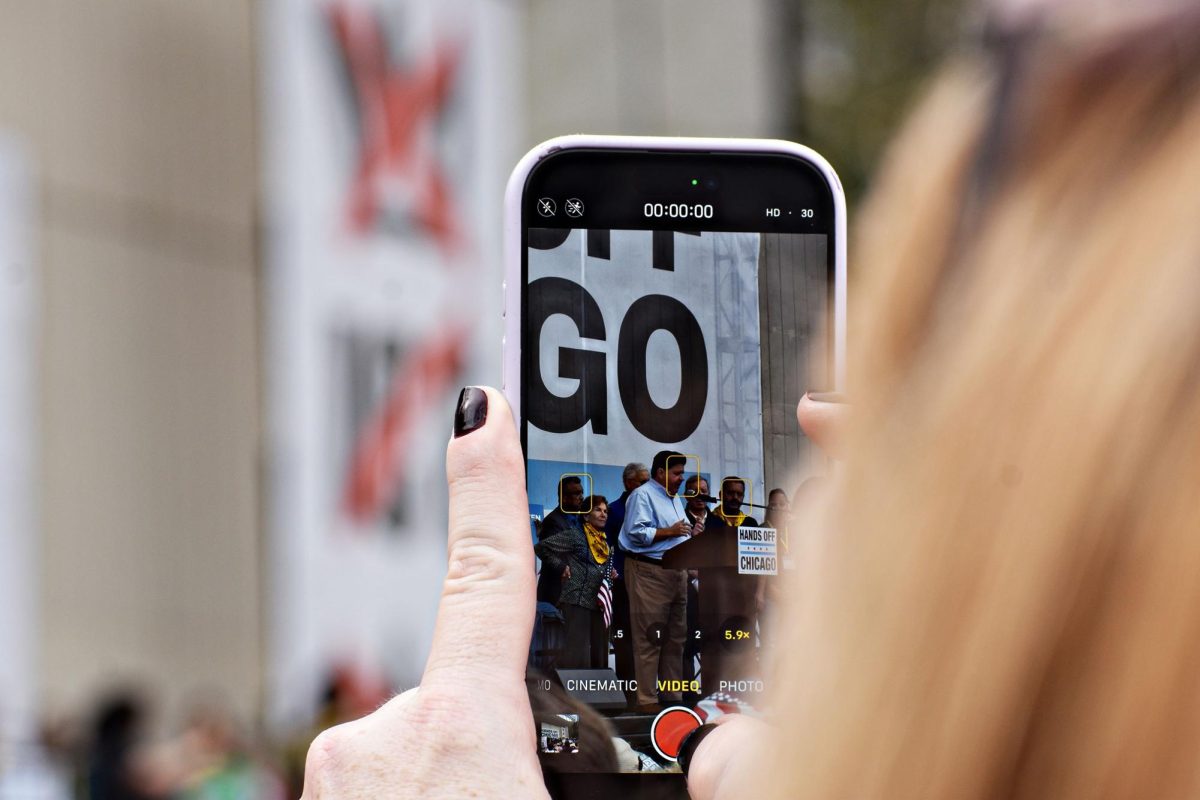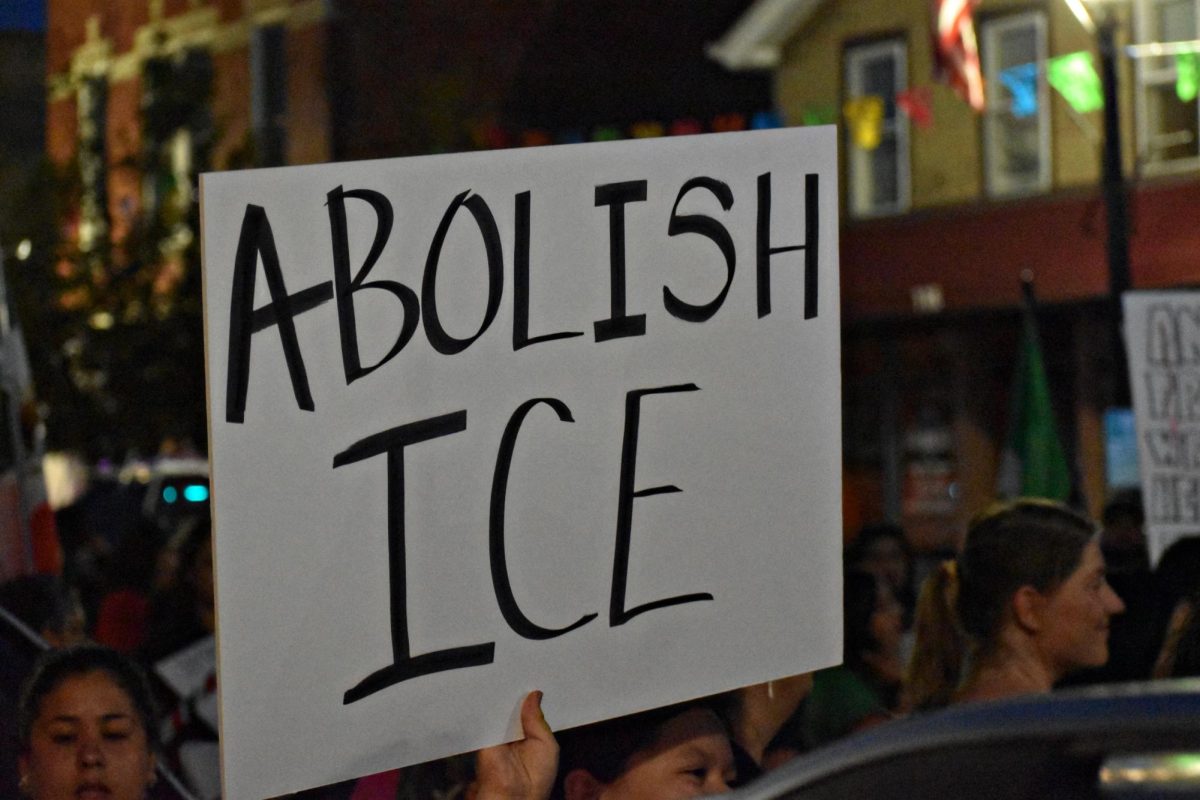How should we approach the Mahsa Amini protests? Certainly not with a Western lens
October 27, 2022
Politics should have no place in the racks of women’s clothing – but Jina “Mahsa” Amini’s death at the hands of the Iranian Morality Police has challenged the rights of women and bodily autonomy.
Amini’s cruel death, likely a murder, has brought global criticism to Iran’s religious societal norms – and rightfully so.
The 22-year-old Kurdish woman was arrested Sept. 13 for wearing the mandatory hijab “improperly.” She died in custody on Sept. 16. Iranian officials stated that the cause of death was a heart attack induced by pre-existing medical conditions, however a leaked CT scan reveals excessive damage to the brain caused by severe trauma to the skull.
Around the globe, critics are demanding accountability and posing tough questions: What constitutes wearing a hijab “improperly”? Why does Iran have a Morality Police? And why do they have the authority to torture citizens?
As a result of the 1979 Islamic Revolution, Ruhollah Khomeini, Iran’s first Supreme Leader, declared all women must wear the veil after taking power. Articles 19 and 20 in the 1979 constitution enforced Islamic laws which required women to wear a hijab, or head covering, and the Morality Police, established in 2005, has contributed to the longstanding history of oppression against women in Iran
Decades after the Islamic Revolution, we are amidst another shift in society: a feminist revolution. Iranian women are removing, tearing, even burning their hijabs, which represents the brutality faced in tyranny; they are taking down the same symbol that they have worn every day for over 40 years.
Their bravery has gone viral on social media, with trending hashtags such as #MahsaAmini. Still, without understanding the long-standing history of oppression in Iran, many do not fully recognize their resilience and the life-threatening risks.
Over 230 Iranian protesters have been killed and 1,400 wounded by the Morality Police since the demonstrations began, according to Oslo-based organization Human Rights Iran. We are reminded of both the tenacity and vulnerability of Iranian women as they lead a femnist uprising as the whole world watches. Young women are demanding freedom from religious tyranny which has restricted their lives through the clothing they wear every day.
It’s crucial to understand the fight against the patriarchal regime is more than a fight over a piece of fabric–it is the fight for bodily autonomy. Their fight is not against the hijab itself, but rather a gender apartheid. This revolution extends beyond the borders of Iran. For example, in France, the senate has voted to ban girls under the age of 18 from wearing the hijab.
Growing up in a Middle Eastern and Muslim family, I’ve seen the attack on women’s bodies firsthand. It is sadly widely accepted in my culture to condemn young girls for their clothing and to push harmful standards in the name of “modesty.” Oftentimes, many stereotype women through orientalism, defined as the depiction of the Middle East by Westerners through a colonist mindset. However, the policing of women in Iran is not solely unique to cultures of the Middle East; it is a war on women that exists across the world.
As the world becomes aware of the atrocities of the Iranian regime, we must also acknowledge the hypocrisy of the West. Many use Amini’s death to criticize Islam and the hijab in particular, but this contradicts the fight of Iranian women; they are fighting against a patriarchal regime, fighting for their sovereignty.
We must not view the Iranian women’s movement using the default Western frame, and instead understand it from an intersectional perspective, analyzing it through identities including gender, race, faith, ethnicity, sexuality, ability, and class. This revolution cannot and should not be overshadowed by a neoliberal lens.
The existing power structures in Iran follow a complex history that should be understood outside of the orientalist or savior narratives and instead with genuine inquiry surrounding bodily autonomy and its dangerous impacts to Iranian women.
This story was originally published on The Forest Scout on October 21, 2022.


